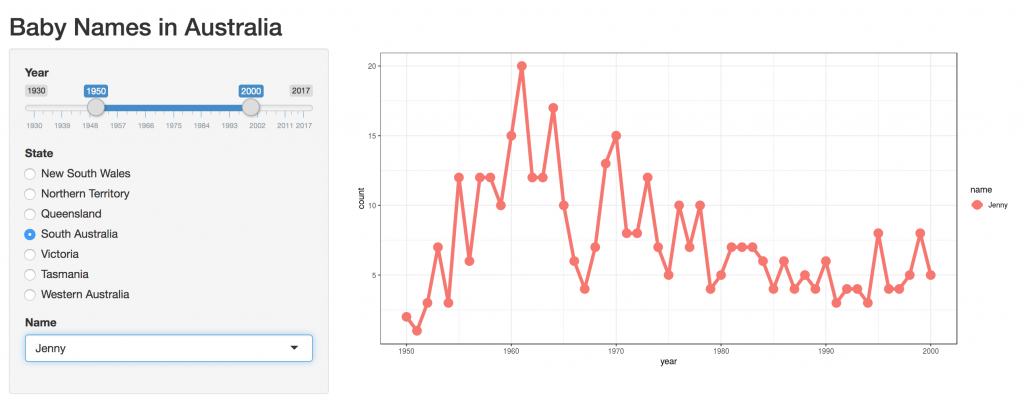By Dr Yulian Cao
On Thursday the 27th of June, five of our UNSW Women in Maths and Science Champions, Nicole Green, Raisa Rafique, Yulian Cao, Emily Vohralik and Sarah Topfer had the amazing opportunity to be judges for the Sydney Girls High School Science conference. The conference is an annual competition where Year 9 students present the outcomes of a research project they have conducted to an expert panel. It is a unique opportunity for students to interact with STEM professionals and for STEM professionals to be inspired by the young minds of the future.
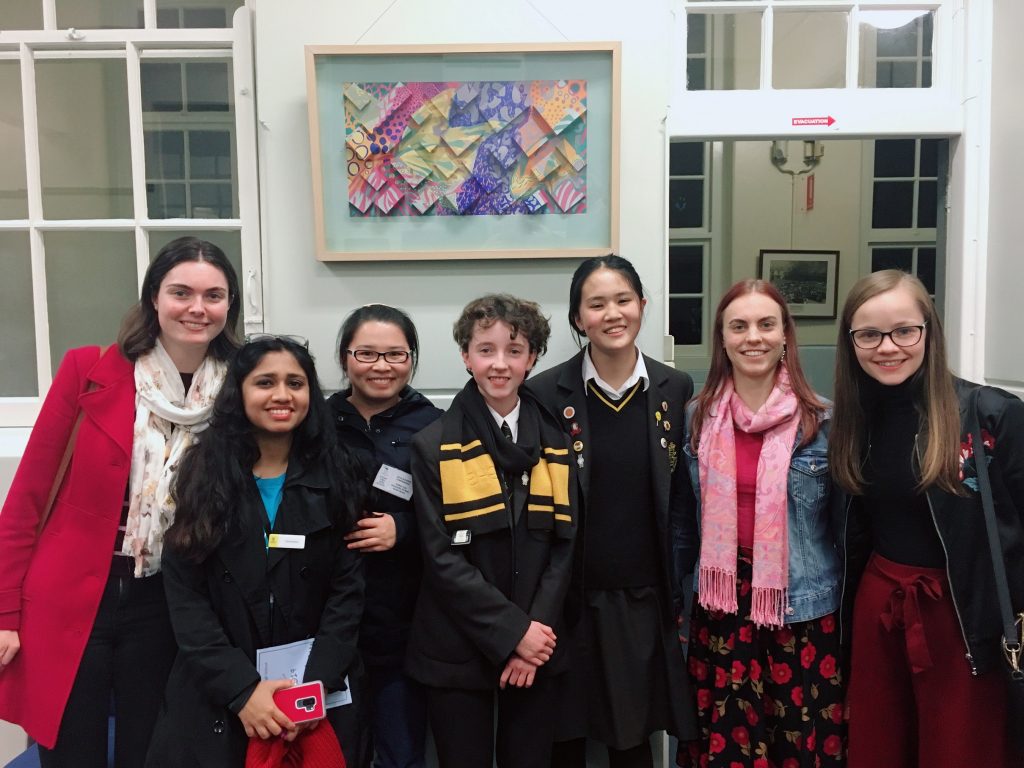

The champions helped judge 25 research projects on the night, pre-selected from a pool of over 150 written project reports. Judging occurred in two stages – a preliminary stage where students were split into six groups and presented their project to a judge followed by a final stage where the best student from each group presented their project for a second time in one of two finals and two winners were determined.
Like any scientific investigation, the judging criteria for the students’ project included major considerations such as experimental design and data analysis. It also focused on the ability of the student to communicate their ideas and demonstrate understanding of topic and presentation. The latter was a particular highlight for the UNSW Women Champions who were able to provide students with valuable feedback based on their science communication training as part of the UNSW Champions program.
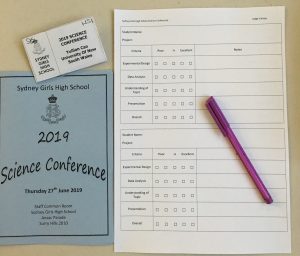
Early career researcher and UNSW Science Champion Yulian Cao was particularly impressed by some of the unique scientific questions posed by the students including “Is there a relationship between the concentration of plastic in water and how the water absorbs or loses heat?” and “The effect of different types of moisturisers on skin hydration.”
“The student’s experiment design and data analysis strongly support their proposed topics; their presentation and communication skills were good and they even answered all judges’ questions promptly.” said Yulian. “This is an amazing accomplishment considering many experienced scientists find it challenging to perform well in all these areas.”
Another UNSW Women Champion also commented, “This has been a chance for me to learn from the high school students. They did very good work!”
Well done to all the students who presented on the night and the UNSW Champions look forward to next year’s conference.

Follow on Twitter:
Yulian Cao: @YulianCao
Nicole Green: @NicoleFGreen
Raisa Rafique: @RaisaBangladesh
Sarah Topfer: @SarahTopfer_
Emily Vohralik: @EVohralik


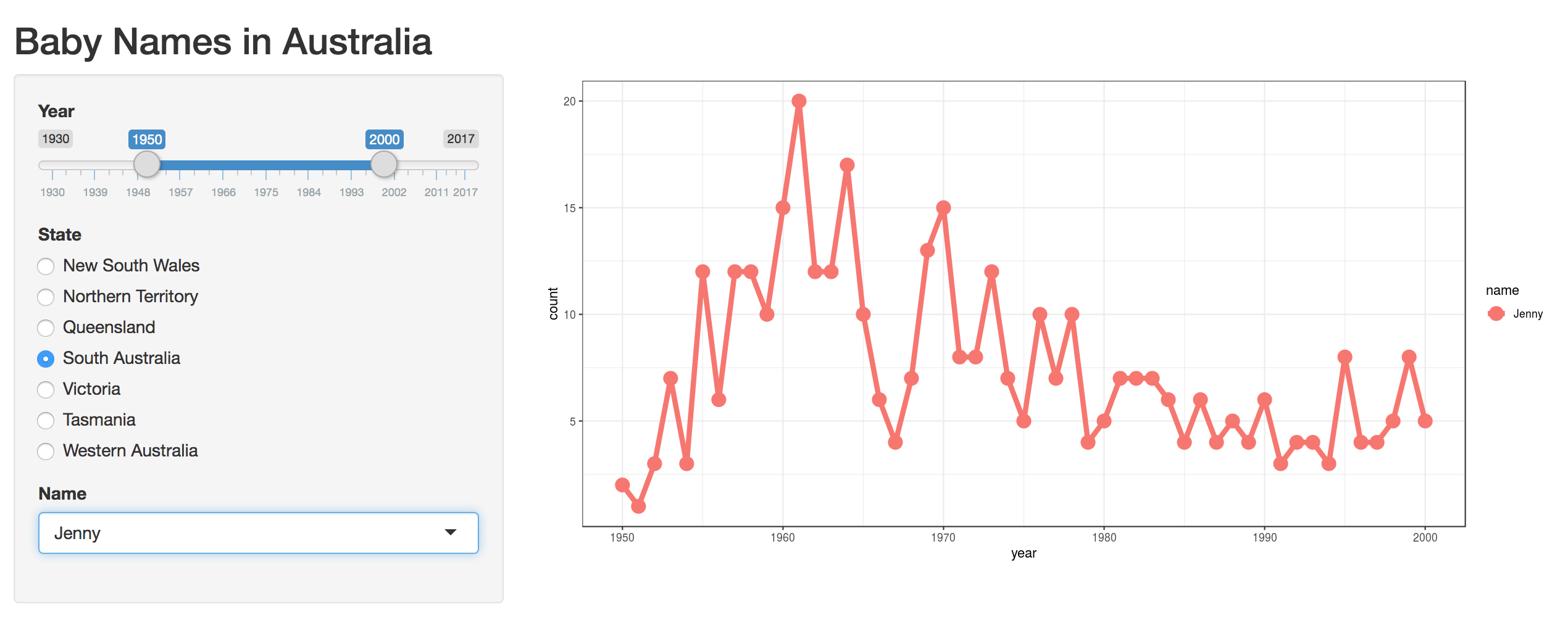
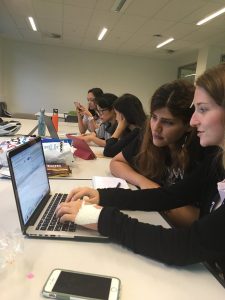 If you go to twitter, you can see that #dataHackEd was trending just a couple of weeks ago. But what does dataHackEd even mean? What was all the buzz? It may be helpful to start with a definition of hacking: “Computer hacking refers to the practice of modifying or altering computer software and hardware to accomplish a goal that is considered to be outside of the creator’s original objective.” (definition from
If you go to twitter, you can see that #dataHackEd was trending just a couple of weeks ago. But what does dataHackEd even mean? What was all the buzz? It may be helpful to start with a definition of hacking: “Computer hacking refers to the practice of modifying or altering computer software and hardware to accomplish a goal that is considered to be outside of the creator’s original objective.” (definition from 
